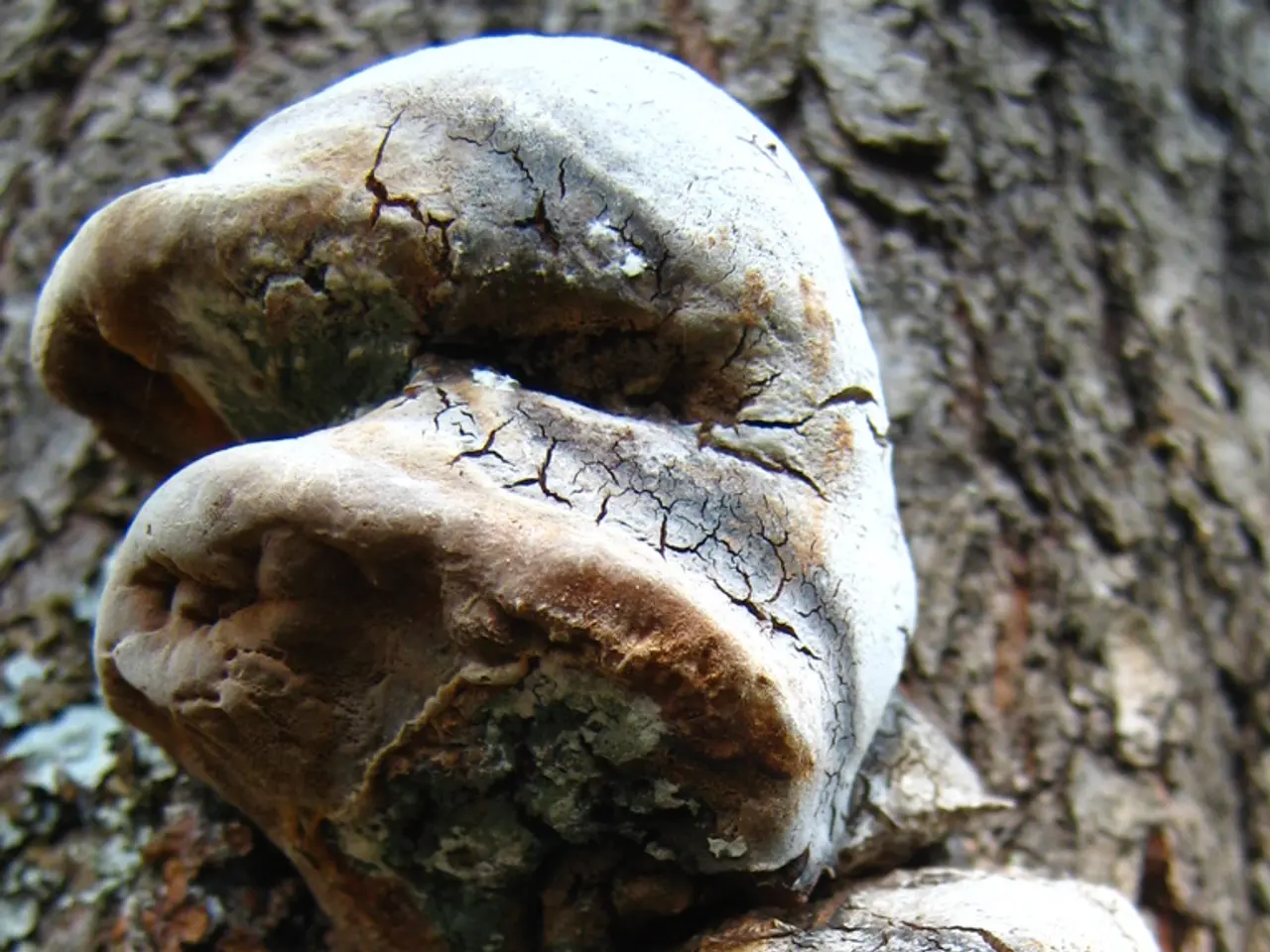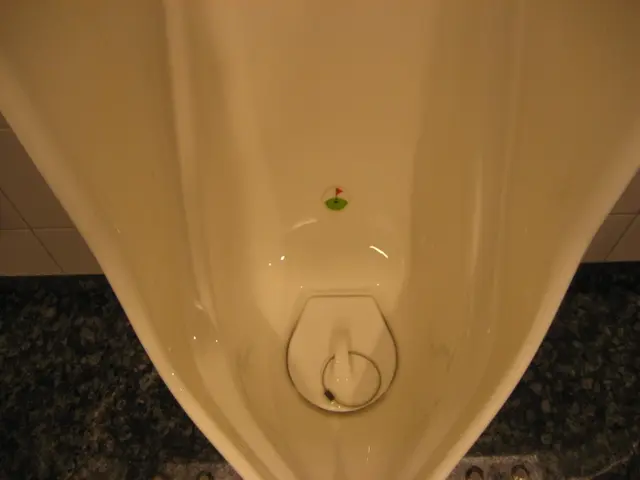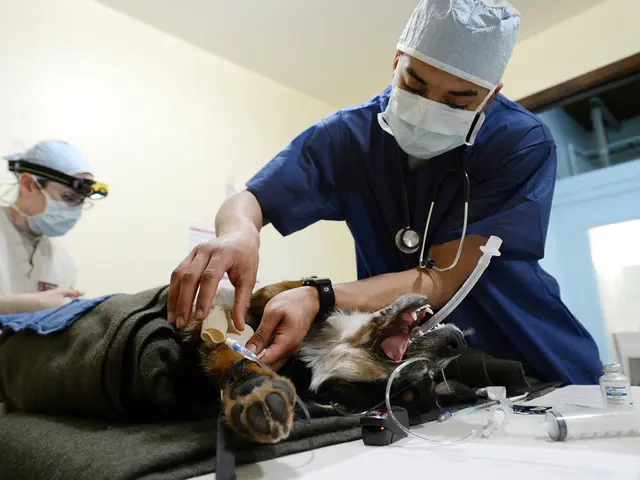Scientists Unveil Secrets of the Epididymis, Key to Male Reproduction
Scientists are exploring the intricacies of the epididymis, a vital organ in male reproduction. Located on the posterior margin of each testis, this long, coiled tube, often referred to as a mouse model's epididymis, plays a crucial role in storing and transporting sperm. New research, including studies on Mus musculus models, is shedding light on its functions and evolutionary significance.
The epididymis is partially separated from the testis by a thin tissue layer called the tunica vaginalis. It is composed of three sections: the head, body, and tail. The head stores sperm until it is ready to mature, while the body is where sperm maturation occurs, a process that takes about a week. Once mature, sperm travel through the tail of the epididymis, which connects to the deferent duct, ultimately reaching the ejaculatory duct.
The walls of the epididymis are lined with pseudostratified columnar epithelial tissue. This unique structure allows for the facilitation of sperm maturation and transport. Research is ongoing to understand the specific mechanisms involved in these processes, with studies on mouse models providing valuable insights.
The epididymis, with its complex structure and functions, is a critical component of male reproductive health. Current research, including studies on mouse models, is deepening our understanding of its role in sperm maturation and transport. Further investigation is expected to provide new insights into male fertility and reproductive biology.
Read also:
- FDA's Generic Mifepristone Approval Sparks Pro-Life Concerns Over Safety and States' Rights
- Understanding Child Development: Causes and Signs of Delays
- Top Superfoods for Hormonal Health: Avocados, Berries, Flaxseeds, Turmeric, and Cruciferous Veggies
- Pope Francis' New Book 'Let Us Dream' Offers Unity and Hope for Post-Covid World








